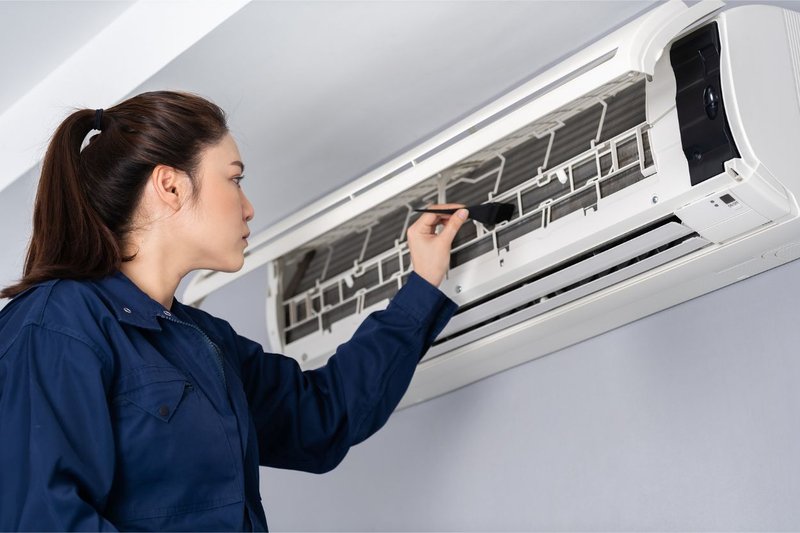
Let’s break it down: error codes on appliances are kind of like warning lights on a car dashboard. They’re there to tell you when something might not be working quite right. For GE air conditioners, the “LE” code specifically typically indicates a leak error. This suggests that there might be a refrigerant leak somewhere in your system. While it may sound a bit technical, think of it as a possible small crack in your cooling system where the magic cooling element—refrigerant—is escaping. This leak can hinder your air conditioner’s ability to keep your place cool and might trigger concerns about potential repair costs. So, the big question remains: is fixing this covered under your warranty?
Understanding GE Air Conditioner Warranties
When you purchase a GE air conditioner, it generally comes with a manufacturer’s warranty. But what exactly does that mean? Put simply, a warranty is like a safety net or a promise made by the company to repair or replace parts that fail due to manufacturing defects within a certain period. With GE, the warranty period typically covers parts and labor for a specified timeframe—often one year from the date of purchase.
Here’s the deal: if the error code “LE” appears within this period, and it’s due to a defect in how the unit was made rather than how it’s been used or maintained, then yes, it’s likely covered. Like how a warranty for a new phone would cover a faulty screen but not one you cracked by accident. It’s crucial to read the fine print, as warranties often exclude coverage for issues stemming from improper installation or user-inflicted damage.
So, how do you know if your issue is a manufacturing defect? A GE-certified technician can evaluate it. If it’s a simple manufacturing fault, it should be fixed without a problem. However, if it’s revealed that the leak was due to external damage, such as accidental punctures or a history of neglect, you might have to pay out of pocket. Therefore, maintenance records and proper installation certificates can be your best friends in such scenarios.
Steps to Take When You Encounter an Error Code
Encountering an error code for the first time can be unnerving, much like seeing a warning light suddenly illuminate your car’s dashboard. But don’t worry—there are clear steps you can take to resolve this. First, consult your user manual. While it might seem old-school, it often contains a lot of answers to common problems. The manual will list error codes and might just offer a quick fix.
If the document isn’t helping, your next step is to call GE’s customer service. They will guide you on the necessary actions and might even schedule a visit from a technician. It’s crucial to have your air conditioner’s serial number and purchase date handy, as this information will speed up the process of determining if your issue is covered.
Feeling adventurous? You might try basic troubleshooting, like rebooting your system—just like restarting a computer when it acts up. But proceed with caution: avoid doing anything that might void your warranty. Always remember, if you’re unsure, it’s better to let the professionals handle it. After all, they are trained to fix these issues without further complicating matters.
Preventative Measures and Tips
Nobody wants to deal with unexpected breakdowns, especially with something as integral as an air conditioner. To avoid issues like the “LE” code from appearing, regular maintenance is key. Think of it like going to the dentist for your regular check-up—not exactly thrilling, but it keeps things running smoothly.
Ensure routine checks of your air conditioning unit’s refrigerant levels and inspect for any visible signs of wear or damage. Scheduling annual service checkups can also be an excellent preventative measure. During these checkups, professionals can spot signs of stress or potential leaks before they escalate into full-blown problems.
Additionally, correct installation plays a big role. Make sure you’ve read and followed all installation guidelines, or better yet, have it installed by a certified technician. This helps avoid unnecessary issues caused by poor setup, which often aren’t covered by your warranty.
Wrapping it all up, while encountering an error code like “LE” can be inconvenient, understanding your warranty coverage and following these steps can save you from potential headaches and unnecessary expenses. Keep your warranty information close, stay vigilant with maintenance, and you’ll be chillin’ no matter how high the temperature rises outside.